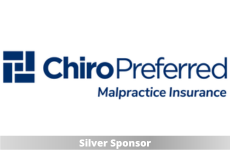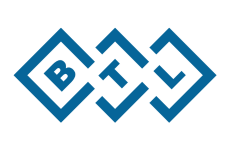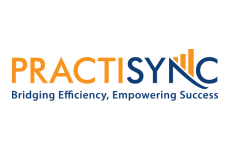
New Advanced Beneficiary Notice in Effect for Medicare on June 30, 2023

An updated Advance Beneficiary Notice of Non-Coverage (ABN) form CMS-R-131 was approved by the Office of Management and Budget (OBM) with an expiration date of January 31, 2026, to be used for Medicare patients (English Version – English Large Print Version – Spanish Version). Although doctors should start using the form immediately, the old form MUST be replaced after June 30, 2023. The ABN form is a helpful tool to shift the liability of payment responsibility to the patient and to notify them of their responsibility for payment. Providers should be aware of when and when not to use the form. Incorrect timing, frequency, or use may result in providers issuing refunds or facing sanctions.
Suppose you anticipate that a service statutorily covered by Medicare will not be covered (for example, a spinal adjustment that is maintenance care). In that case, the ABN form is mandatory for covered services but voluntary for non-covered services. As with any documentation requirements, it is as if it never happened if it is not documented. The ABN form is your documentation that the patient has been informed of your determination of likely service non-coverage. It gives the patient the choice to have the service or not and whether to have the provider file a claim for the service denial.
A noted change on the ABN is the disclaimer on the form, “You have the right to get Medicare information in an accessible format, like large print, Braille, or audio. You also have the right to file a complaint if you feel you’ve been discriminated against. Visit Medicare.gov/about- us/accessibility-nondiscrimination-notice.” This notice exemplifies the government’s continued emphasis on patient access to information in a non-discriminatory manner. The ABN is available in different formats to accommodate certain types of disabilities, such as blindness. The form is also available in various languages for non-English speaking patients.
Providers should know the ABN use guidelines in Medicare Parts B and C. The ABN form will be used for parts A and B (original Medicare) but not for the Medicare Advantage program (Part C). CMS expressly prohibits providers from using the Advance Beneficiary Notice or similar notices for Medicare Advantage members. CMS recommends that providers use the determination process established by the member’s health plan in Part C. If there is a question about whether a Medicare Advantage plan will cover an item or service, members or their providers can request prior authorization/precertification before services or items are provided. If the request is denied, written determinations provide denial reasons and set forth appeal rights. If a provider chooses to provide a service to a Medicare Advantage member without first ensuring the service is covered, the provider must hold the member harmless. If no guidelines are available by the plan, providers may wish to use the good faith estimate (GFE) rather than the ABN.
The ABN form is valid for up to one year, unless a “triggering event” occurs. Providers should not have patients sign the form every visit. Medicare believes that this will unduly alarm the patient. Instead, use the ABN form as a notification along with your treatment plan when you feel the services are likely to be construed as maintenance care. A triggering event would be considered a new injury or an exacerbation of a chronic subluxation. Whenever a patient transitions from active care to maintenance care, a new ABN form should be considered for use.
The notification on the ABN form may vary depending on whether the provider is participating or non-participating. Since non-participating providers collect the fee for the service at the time of the service, option one on the form would strike through the statement, “If Medicare does pay, you will refund any payments I made to you, less co-pays or deductibles.”
Another extenuating circumstance is if the patient is a hardship case, termed a Qualified Medicare Beneficiary (QMB) patient. Under hardship, the patient is not responsible for out-of-pocket payment for covered services. In this case, the provider would strike through the statements in option one that I have bolded, “You may ask to be paid now, but I also want Medicare billed for an official decision on payment, which is sent to me on a Medicare Summary Notice (MSN). I understand that if Medicare doesn’t pay, I am responsible for payment, but I can appeal to Medicare by following the directions on the MSN.”
Providers should retain the original when issuing the ABN and provide the patient with a copy of the completed document. The ABN is voluntary for non-covered services. If used for non-covered services, the patient is not mandated to sign the ABN form or choose an option. Other methods are available besides the ABN to inform the patient of their financial responsibility to pay for the non-covered services. The provider may charge their usual fee for non-covered services and is not bound to the Medicare fee schedule.
For more information, doctors and staff should attend upcoming classes on this subject or obtain the form and read the entire instruction manual here.
More ABN Information from the ICS:
Download the new editable ABN form here (English Version – English Large Print Version – Spanish Version).
When Do We Have the Patient Sign the ABN Form? (video)
Can The ABN Form Be Signed Electronically? (video)
Can Chiropractic Physicians Opt Out of Medicare? (article)
ABN Refresher (video)

















